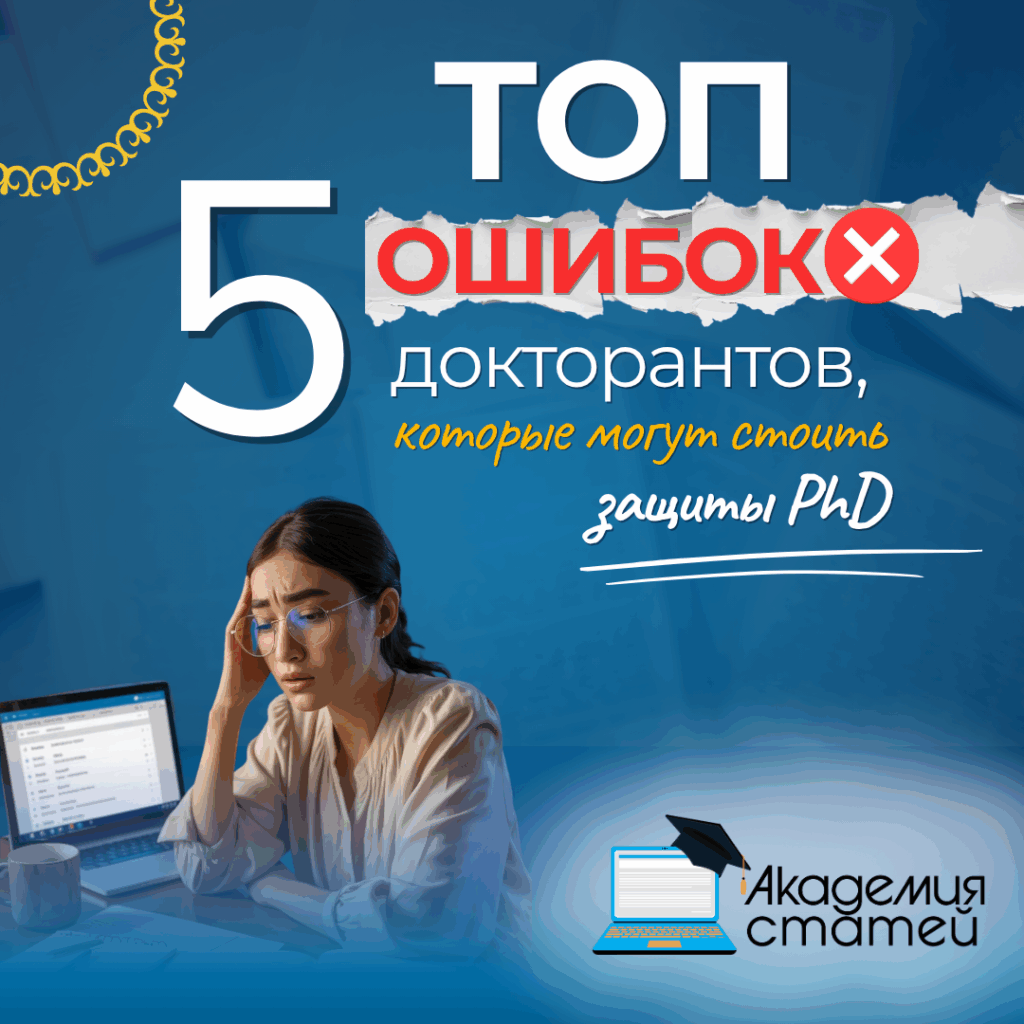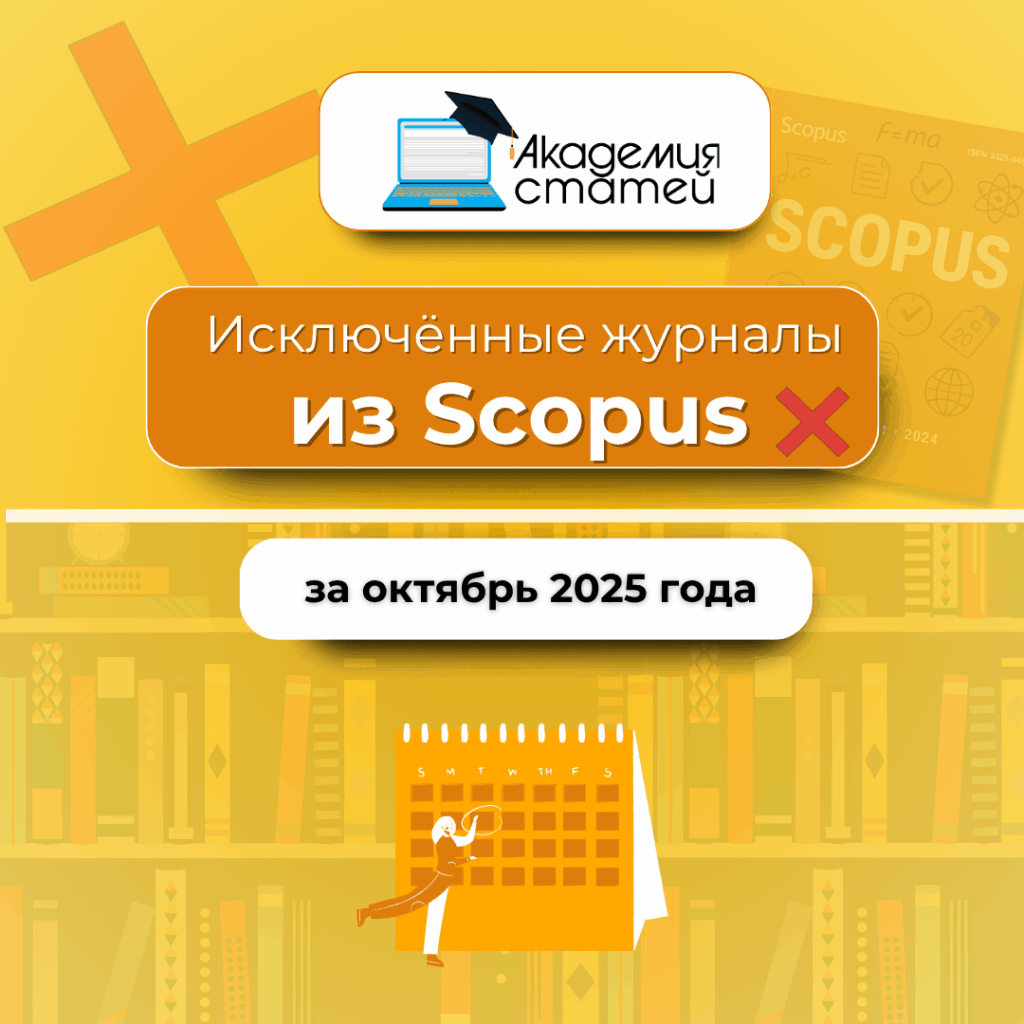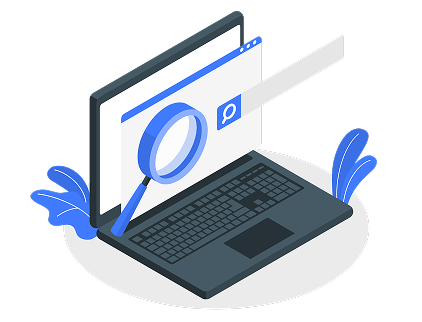A scientific journal that publishes high-quality materials, relevant research, and has a distinguished editorial board receives not only high rankings but also a place in the rankings of recognized databases—Web of Science (WoS) and Scopus. These scientometric databases are divided into four groups, hence each is called a "quartile."
Before submitting your article for publication to a particular scientific journal, you should study its qualitative and quantitative characteristics, citations, and determine the publication's "weight" in the academic world.
WoS journal quartiles
Quartile ranking is a relatively new metric used to determine the professional level of a journal. Web of Science, which indexes approximately 12,500 publications, is one of the most popular databases that uses this tool.
A quartile indicates the authority of a publication source, its citation percentage, and its number of citations. The higher the official status of a scientific journal, the more frequently it is accessed, resulting in increased citations. For authors, this means increased chances of sharing their research with the wider scientific community.
A quartile, or Q, literally means "quarter," as the Web of Science is divided into four broad groups. A journal, assessed based on bibliometric metrics, including citations, is assigned to one or more Web of Science groups. The journal's published content is automatically ranked based on its relevance, including internationally.
Quartile Q1 includes the most reputable journals, while Q4 includes lower-ranked journals. This clearly demonstrates the journals' citation rankings, their percentage and number of citations in the Web of Science. A journal, divided by category and scientific field, may be ranked in multiple quartiles simultaneously.
The system has been operating effectively for decades, helping scientists popularize their research, add significance, and attract not only attention but also funding.
Impact factor
In addition to quartiles, the scientific community uses the impact factor. This tool is designed to accurately measure the percentage of citations an article receives. It literally represents an article's influence on the course of modern scientific thought, as the most frequently cited publications set their own trends.
Calculation algorithm for a specific journal: Web of Science impact factor = number of article citations (per year) / total number of publications (over two years)
Thus, the Web of Science impact factor is determined by the relevance of the presented research and its frequency of indirect contributions to scientific discussions. This applies to publications that publish similar research. The more frequently a publication references its materials, the higher its significance. Citations are used to ensure that citations are actually used.
Are quartiles assigned to all Web of Science journals?
A journal's placement in a quartile doesn't always remain permanent. However, there are journals that have become permanent fixtures in certain quartiles. If the quality of their publications changes, a recalculation may result in a journal being relocated to a different WoS quartile—either higher or lower in status.
But even being in the lowest ranking quartile (Q4) doesn't mean the research in the articles is of poor quality. Not all journals can reach this level. And if your university's scientific journal isn't listed in the WoS ranking, its quality characteristics aren't sufficient to warrant it.
Similar nuances apply to the impact factor. A scientific journal may have a high impact factor, but not necessarily because it publishes high-quality articles. Rather, it's due to the relevance of the materials, which attract a growing percentage of citations. At the same time, citations for less popular research topics, such as highly specialized and specific ones with a small user base, will appear significantly less frequently. This doesn't necessarily mean low-quality scientific papers, but the quartile will be in the Q3-Q4 range.
How to find a quartile in Web of Science
To do this, go to the address www.isiknowledge.comPlease note: WoS requires registration. Otherwise, you will not be able to access the resource. Then, select Journal Citation Reports from the menu, enter the name of the journal you are looking for or its ISSN, and select a section from the list.
Important! The correct translation of the name into English is essential.
After this, the "JCR Impact Factor" table will appear, showing the full statistics for the quartile and other percentage indicators. The same data can be found on other similar specialized platforms. Remarkably, they are the same for WoS and Scopus.
Submission to journals ranked Q1 or Q2 requires submission of exceptionally high-quality materials of a high scientific standard. In other groups, the standards are somewhat lower and more achievable. The Academy of Articles provides services for publishing publications in the Web of Science: a full package includes selecting a journal for the article, informational consulting, assistance with writing, formatting, and more.





